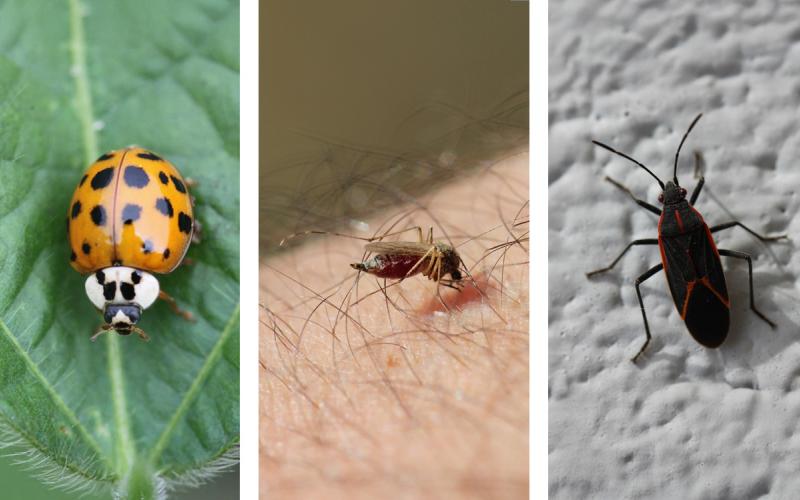
It’s that time of the season when numerous defoliating insects can be observed in a single soybean field. Most of the defoliators at this time are green cloverworms (Figure 1) and alfalfa caterpillars (Figure 2).
Green cloverworm caterpillars are green, have a white stripe on each side of their bodies and have three abdominal prolegs. The alfalfa caterpillars are green, have a velvety appearance with a white stripe on each side of the body and four abdominal prolegs.
However, there may be a few other defoliators present, including bean leaf beetles and grasshoppers. Although not a lot of defoliation injury is present now, these insects should be monitored, and fields should be scouted to prevent extensive defoliation from occurring.

The easiest way to scout for these pests is to monitor fields for defoliation as there are usually multiple pests present. It doesn’t make sense to scout for population densities of each pest as all of them will be causing similar defoliation injury to the leaves. For soybean, the threshold for defoliation is an average of 30% defoliation prior to flowering and an average of 20% defoliation after flowering has begun.
In South Dakota, there are some soybean that have begun to flower and these fields should be monitored closely for defoliating insect pests. If the defoliation threshold is reached, please refer to the latest South Dakota Pest Management Guide: Soybeans for a list of labeled insecticides. Always refer to labels for rates. Also, make sure that all of the target pests are listed on the label.


